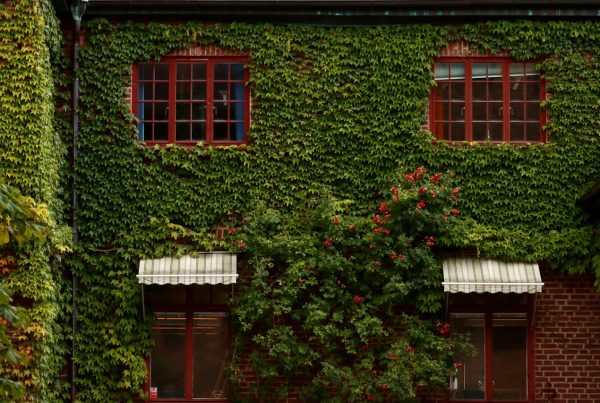If you haven’t noticed, we’ve deliberately put off writing about 3D printing in our BEE blog for so long. It’s not that we’re not excited about this new technology, because no doubt it’s amazing, it’s revolutionary, and it’ll definitely shake things up, especially in green building. It’s just that this thing is so new our only acquaintance with it as yet is through images and videos uploaded on the web.

Decorative yet strong enough: These sheathes are the world’s first ever industry approved construction components to ever come out of a 3D printer.
The year 2013 might not have been the year in which 3D printing successfully became mainstream. The high costs and slow production still remain prohibitive, but last year was definitely a good one for exploring its many potentials—from 3D-printed cars to stem cells to replacement organs to prosthetics to bones, even for something as mundane as shoes, gardens, and chocolates.
So What’s 3D Printing’s Role in Green Building?
For all its supposed sustainable virtues, it may be too early yet for 3D printing to make its mark on green building. The world’s first 3D printed architectural structure, as reported by Inhabitat, is a lattice-shaped pavilion called Echoviren installed in the middle of a forest somewhere in California. Its claim to greeness is its use of biodegradable plastic, as well as its ultimate purpose of being a “micro-habitat for insects, moss, and birds,” never mind if those creatures and plants actually need a fancy new home.

Obviously, such feat is elegant yet gimmicky at best. Even the Mobius strip-inspired house (for humans this time), currently being 3D printed by Dutch firm Universe Architecture, is little more than a proof of concept. Still, we should be thankful for these early attempts at exploring 3D printing and green building. Every freshly realized project helps pave the way to better tweak and fine-tune future 3D construction methods.
For instance, Echoviren was built using an aggregate of 585 individual components, whereas a giant 3D printer would be responsible for the Mobius-themed house—between the two, it’s the former that is decidedly more efficient.
3D Printed Building Materials
So while 3D printing’s future is not yet in the grand, ambitious scale of entire structures and buildings, it may be more feasible to focus on the smaller and important stuff first—the creation of the building materials themselves. As you know, building materials have to pass rigorous standards before being approved for use. And for a technology that’s still in its infancy, 3D printed building materials has a lot of burden of proof to rise above expectations if they are to compete with already tested and trusted brand names.
Fortunately, that’s just the case with the 6 Bevis Marks building in London which made use of 3D printed sheathes for the steel arms of its ETFE plastic canopy. The sheathes are purely decorative, but nevertheless passed construction standards, making them the world’s first ever approved building material to come out of a 3D printer.
Understandably, builders are still hesitant about the structural integrity of 3D printed building materials, but as the process becomes more and more refined enough to pass rigorous testing, they might eventually warm up to the new technology. Right now though, 3D printing’s application in green building lies in custom-made specifications that a client wants, and which only 3D printer can do.
So, Is 3D Printing All That Green?
GreenBiz already ran an article investigating just how green and sustainable 3D printing is. Their verdict is a big It Depends. 3D printing has been lauded as the new disruptive technology that will change the manufacturing industry. We’re still grappling with its infinite possibilities, especially in green building. Early efforts might seem fancy or gimmicky for some, but at least they’re not geared towards the creation of something as selfish and dangerous as firearms.










